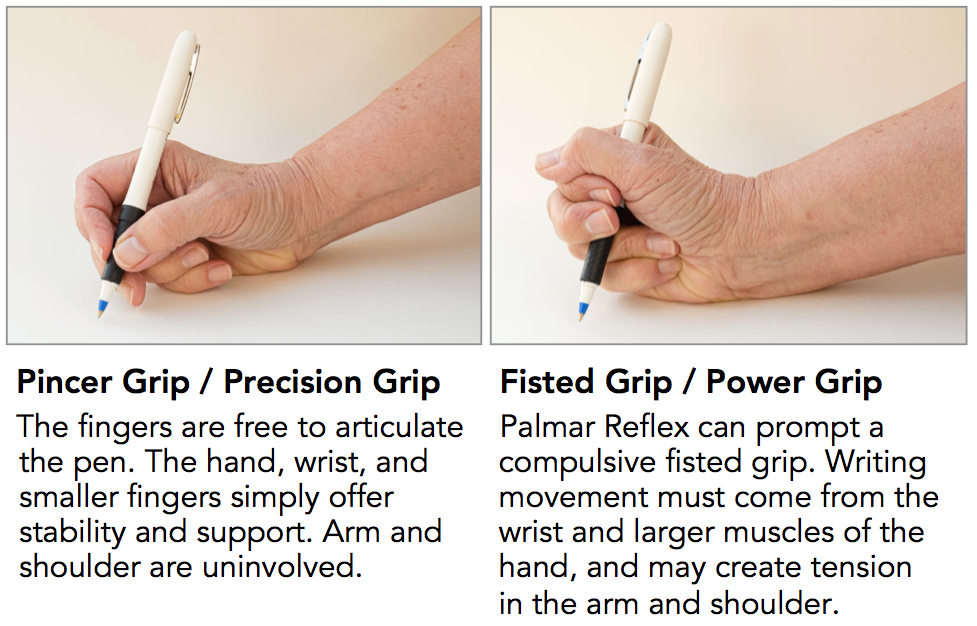Palmar grip is a significant aspect of human anatomy and functionality that plays a critical role in our daily activities. This grip refers to the way we hold objects using the palm of our hand, which is essential for tasks ranging from simple grasping to complex manipulations. Understanding the mechanics and significance of the palmar grip can enhance performance in various fields, including sports, rehabilitation, and ergonomics.
In this article, we will explore the concept of palmar grip in detail, discussing its anatomical basis, applications, and techniques to improve grip strength. We will also delve into common issues associated with grip and how to overcome them. This comprehensive guide aims to provide valuable insights into the importance of palmar grip for individuals of all ages and activities.
By the end of this article, you will have a solid understanding of palmar grip, its implications for physical performance, and practical tips for enhancing your grip strength. Whether you are an athlete, a fitness enthusiast, or someone looking to improve daily functionality, this information will be beneficial for you.
Table of Contents
- What is Palmar Grip?
- Anatomy of Palmar Grip
- Importance of Palmar Grip
- Techniques to Improve Palmar Grip
- Common Issues with Palmar Grip
- Rehabilitation and Palmar Grip
- Palmar Grip in Sports
- Conclusion
What is Palmar Grip?
Palmar grip, also known as a power grip, involves the use of the entire hand to grasp an object firmly. This grip is characterized by the fingers curling around the object and the palm providing support. It is commonly used when lifting heavy objects or when a secure hold is necessary.
In contrast to other grips, such as the precision grip, which relies more on the fingertips, the palmar grip engages the larger muscles of the hand and forearm, allowing for greater strength and stability.
Characteristics of Palmar Grip
- Full hand engagement: The fingers and palm work together to create a strong hold.
- Optimal for heavy lifting: Ideal for tasks that require lifting or carrying heavy objects.
- Involves multiple fingers: Typically involves all fingers curling towards the palm.
Anatomy of Palmar Grip
The palmar grip is supported by various anatomical structures, including bones, muscles, and tendons. Understanding these components is essential for recognizing how grip strength can be enhanced or compromised.
Key Components
- Bones: The bones of the hand, including the phalanges and metacarpals, provide the structural framework.
- Muscles: Muscles such as the flexor digitorum profundus and flexor digitorum superficialis are crucial for finger flexion.
- Tendons: Tendons connect muscles to bones, allowing for movement and force transmission.
Importance of Palmar Grip
The significance of palmar grip extends beyond just physical tasks; it plays a vital role in various aspects of life and health:
Functional Activities
- Everyday tasks: Palmar grip is essential for activities like opening jars, lifting groceries, and holding tools.
- Sports performance: Many sports, such as rock climbing and weightlifting, rely heavily on grip strength.
- Rehabilitation: Patients recovering from injuries often focus on improving their grip strength to regain functionality.
Techniques to Improve Palmar Grip
Enhancing palmar grip strength can be achieved through various exercises and techniques. Here are some effective methods:
Exercises
- Hand Grippers: Using hand grippers can help in developing grip strength progressively.
- Wrist Curls: Strengthening the wrist muscles contributes to overall grip strength.
- Plate Pinches: Holding weight plates between the fingers can improve grip endurance.
Common Issues with Palmar Grip
Despite its importance, many individuals may experience issues with their palmar grip. Here are some common problems:
Weak Grip Strength
Weak grip can result from various factors, including muscle atrophy, injury, or conditions such as arthritis. It can significantly impact daily activities and overall quality of life.
Pain and Discomfort
Pain in the hand or wrist while gripping can be a sign of underlying issues that may require medical attention. Conditions like carpal tunnel syndrome or tendonitis can affect grip strength and functionality.
Rehabilitation and Palmar Grip
Rehabilitation programs often include exercises to improve palmar grip strength, particularly for individuals recovering from hand injuries or surgeries. A structured approach can help regain function and prevent future injuries.
Physical Therapy
Working with a physical therapist can provide tailored exercises and techniques to enhance grip strength and address any specific concerns.
Palmar Grip in Sports
In sports, grip strength is crucial for performance in various disciplines, including:
Weightlifting
A strong palmar grip is essential for safely lifting heavy weights and maintaining control during exercises.
Rock Climbing
Climbers rely on their grip to hold onto various surfaces, making palmar grip strength a critical factor in their success.
Conclusion
In summary, palmar grip is a vital aspect of human functionality that impacts various areas of life, from daily tasks to athletic performance. Understanding its importance and implementing techniques to improve grip strength can lead to enhanced physical capabilities and overall well-being.
We encourage you to explore the techniques mentioned in this article and consider incorporating them into your routine. If you have any questions or experiences to share regarding palmar grip, feel free to leave a comment below.
Thank you for reading, and we look forward to providing more informative content in the future!
335 Bala: A Comprehensive Guide To Understanding This Unique Cultural Phenomenon
Shrine Auditorium And Expo Hall: A Comprehensive Guide To Los Angeles' Iconic Venue
Ali Abulaban Sentence: Understanding The Case And Its Implications


